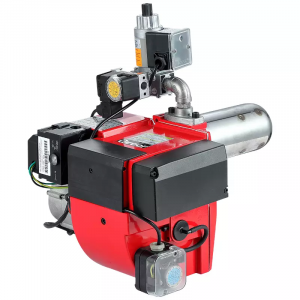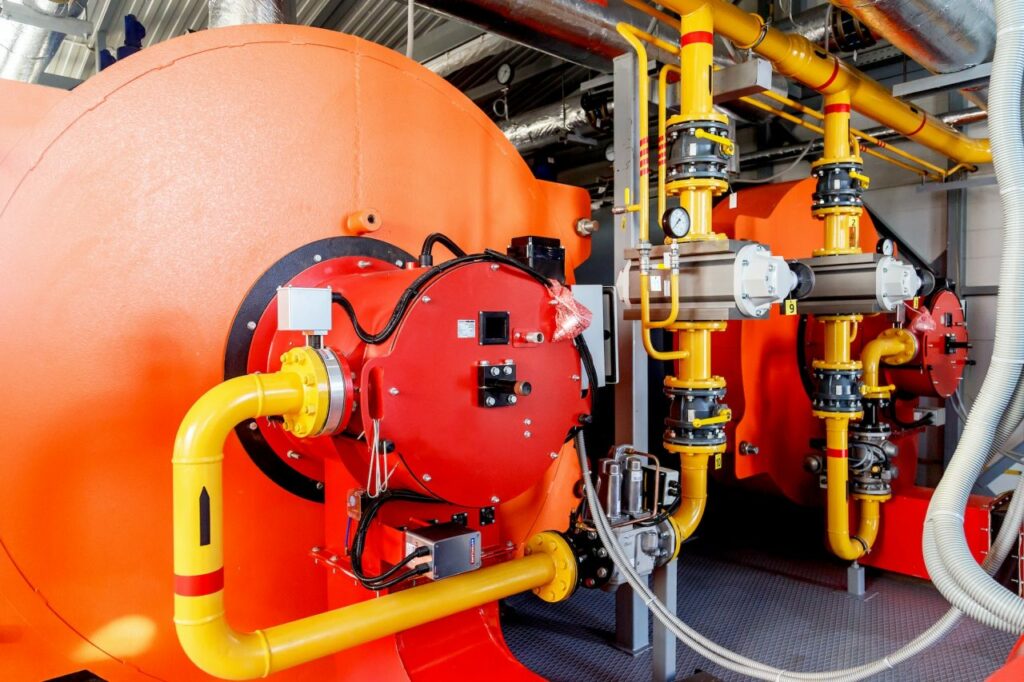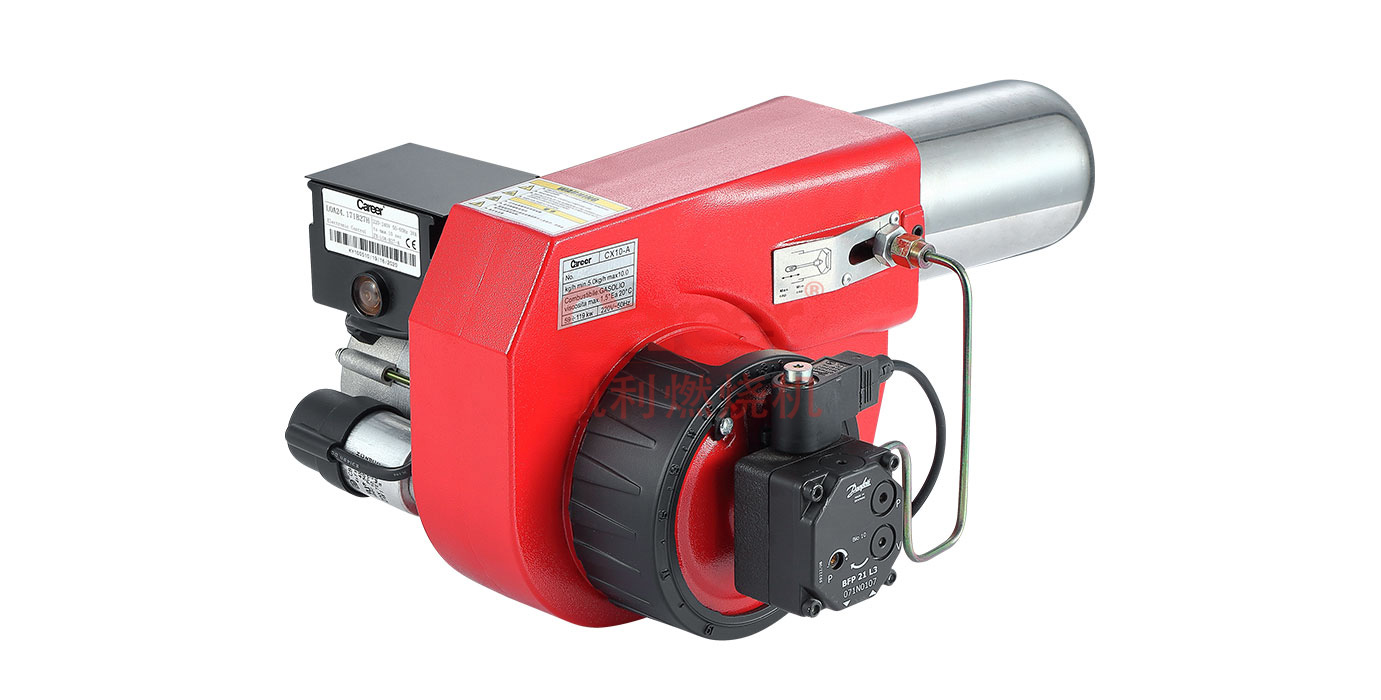At Career Burner, we often receive inquiries regarding the abnormal color of flue gas after ignition in gas burners. Understanding the cause of this phenomenon is essential for maintaining optimal performance and ensuring safety in combustion systems. The color of flue gas can provide valuable insights into the efficiency and effectiveness of the combustion process.
Table of Contents
ToggleCommon Causes of Abnormal Flue Gas Color
One of the primary reasons for abnormal flue gas color is improper combustion. When gas burners do not achieve the correct air-to-fuel ratio, it can lead to incomplete combustion. This situation often results in a yellow or orange flame, indicating that carbon particles are not being burned completely. We always emphasize the importance of monitoring and adjusting the air supply to maintain the ideal combustion conditions for our gas burners.
Another factor that can affect flue gas color is the quality of the fuel being used. Gas burners require a specific type of fuel for efficient operation. If the fuel is contaminated or of low quality, it can lead to irregular combustion and abnormal flue gas colors. We recommend using high-quality fuel to ensure proper burner operation and to reduce the likelihood of issues arising.
Impact of Maintenance on Combustion
Regular maintenance of gas burners is crucial in preventing abnormal flue gas colors. Over time, components such as burners, nozzles, and filters can become dirty or clogged, which impacts the efficiency of combustion. For instance, if the nozzle is obstructed, it may not atomize the fuel properly, leading to incomplete combustion. We encourage our clients to schedule routine maintenance checks to ensure all components are functioning optimally.
Significance of Flue Gas Analysis
Conducting flue gas analysis can help identify issues related to the combustion process. By measuring the concentration of gases such as carbon monoxide (CO) and carbon dioxide (CO2), we can gain insights into the efficiency of the gas burners. High levels of CO, for example, can indicate incomplete combustion, while elevated CO2 levels suggest efficient burning. At Career Burner, we advocate for the regular use of flue gas analyzers to monitor performance and ensure compliance with environmental standards.
Conclusion
In conclusion, abnormal flue gas color after ignition in gas burners can be attributed to factors such as improper combustion, fuel quality, and maintenance issues. At Career Burner, we prioritize the efficiency and reliability of our gas burners, which range from 50-7000 kW in capacity. By understanding and addressing the reasons behind abnormal flue gas colors, we can enhance performance, reduce carbon emissions, and ensure that our clients receive the highest quality service. Regular monitoring and maintenance are key to achieving these goals.







